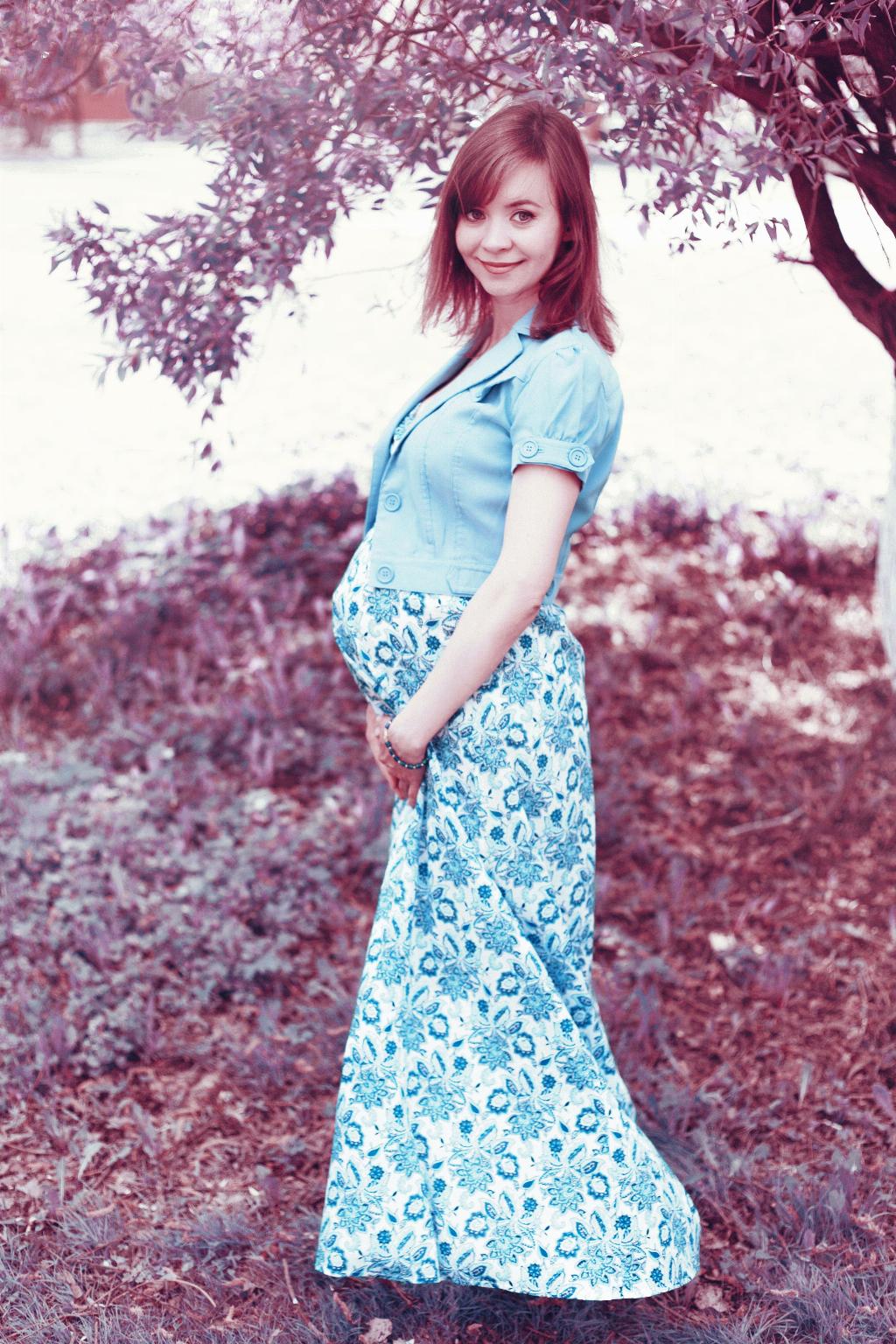When it comes to pregnancy, taking extra precautions in every aspect of life is crucial. One often overlooked area is painting. Many expectant mothers may not realize that traditional paints can contain harmful chemicals that could potentially be harmful to their health and the health of their unborn child. So, what type of paint is safe for pregnancy?
Avoid Harmful Ingredients
Before picking up a paintbrush, it’s essential to know what to avoid. Paints that contain ethers, biocides, or ethylene glycol should be off-limits for pregnant women. These substances are commonly found in some latex and acrylic paints and can pose risks when inhaled or absorbed through the skin.
Opt for Zero-VOC Paints
For pregnant women looking to tackle a painting project, zero-VOC paints are the go-to option. VOCs, or volatile organic compounds, are chemicals that can emit gases and vapors, potentially causing respiratory issues and other health concerns. Zero-VOC paints eliminate these harmful compounds, providing a safer painting experience.
The Benefits of Zero-VOC Paints
Choosing zero-VOC paints offers a range of benefits beyond just safety during pregnancy. These paints are environmentally friendly, as they have lower emissions and contribute to better indoor air quality. Additionally, zero-VOC paints are odorless or have minimal odor, making them more pleasant to work with.
Finding Pregnancy-Friendly Paints
Fortunately, the market now offers a wide variety of pregnancy-friendly paints. Many major paint brands have developed zero-VOC lines specifically designed to cater to the needs of pregnant women and individuals with sensitivities to traditional paint chemicals.
Consulting with Professionals
If you’re uncertain about which paint to choose or have specific concerns regarding your pregnancy, don’t hesitate to consult with painting professionals or healthcare providers. They can offer guidance on selecting the safest paint options for your unique situation.
Proper Ventilation
When painting during pregnancy, it’s essential to ensure proper ventilation in the painting area. Open windows, use fans, and consider wearing a mask to minimize inhaling any fumes that may be present. Taking these precautions can further reduce any potential risks.
DIY Safety Measures
If you’re tackling a painting project yourself, follow standard safety measures to protect yourself and your baby. Wear appropriate protective gear, such as gloves and long sleeves, and take regular breaks to avoid overexertion. Remember, safety always comes first.
Post-Painting Cleanup
After completing your painting project, be sure to clean up thoroughly. Dispose of any paint materials properly, and wash your hands and any tools used in the process. Keeping your space clean and organized is essential for a healthy environment.
Embracing Creativity Safely
Even during pregnancy, it’s possible to embrace your creativity and beautify your space with the right precautions in place. By choosing safe paints, following safety guidelines, and prioritizing your health, you can enjoy the satisfaction of a freshly painted room without worry.
Final Thoughts
Ultimately, selecting the right paint for your pregnancy projects requires awareness, caution, and attention to detail. By opting for zero-VOC paints and implementing safety measures throughout the painting process, you can create a safe and welcoming environment for both you and your baby. Remember, a little extra care goes a long way.

